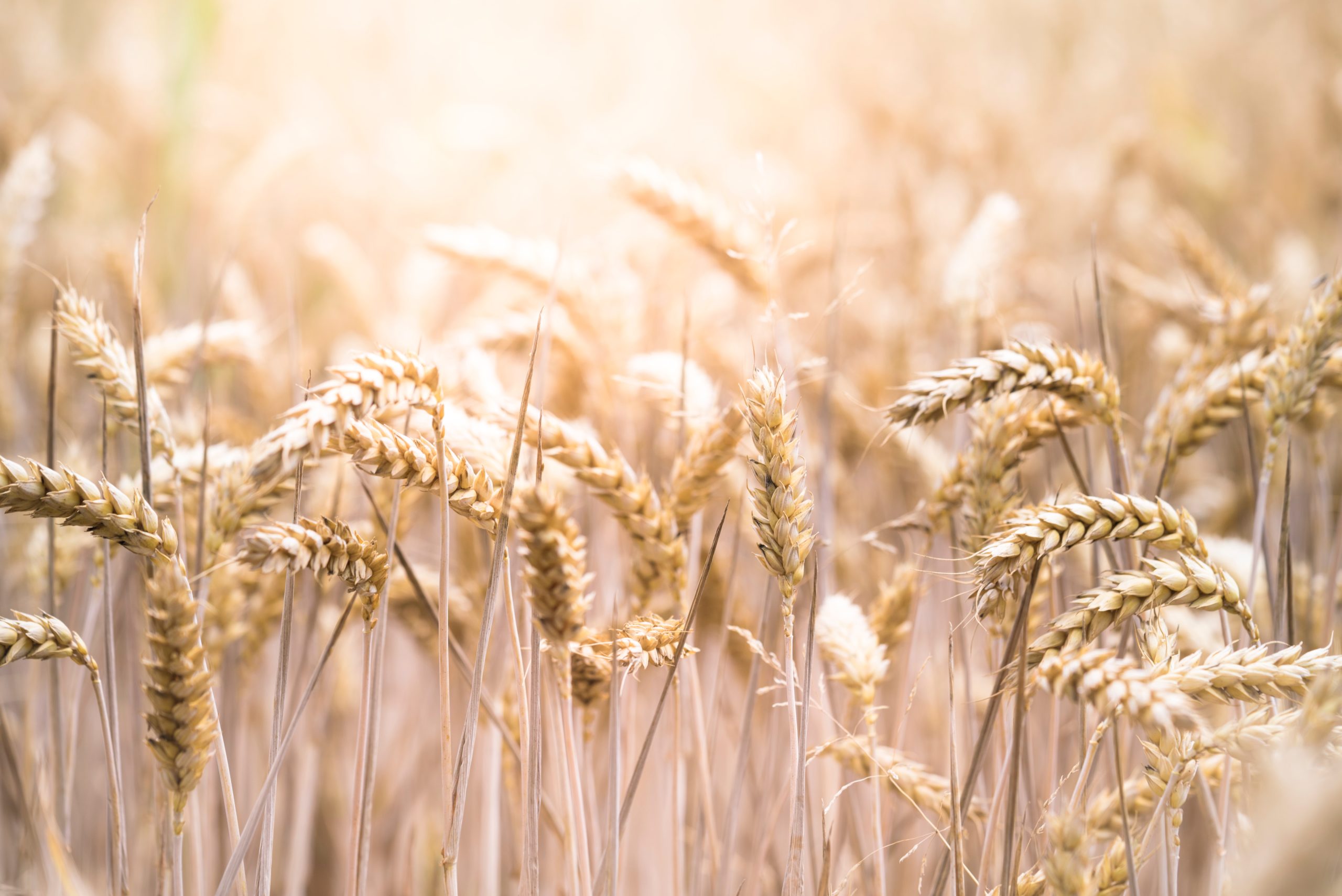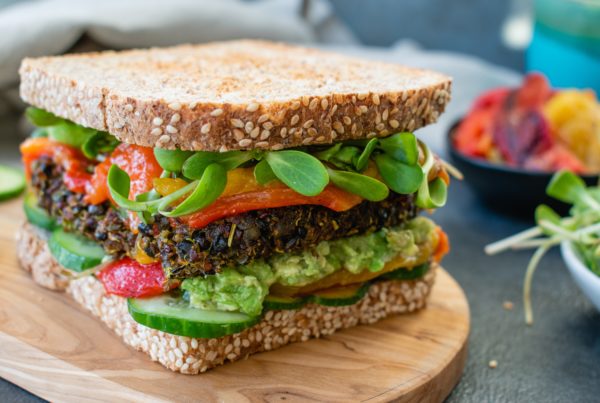There are many types of grains and grain products available on the market, and it could be confusing for consumers to choose the one that could provide them with the optimum health benefits. This blog will help you distinguish among whole grain, whole wheat, refined grain, and enriched grain by introducing their definitions, nutritional benefits, and examples. Some shopping tips on picking the right grain products for you will be provided at the end of the blog.
What is a whole grain?
A whole grain includes all three parts of the kernel of the grain:
- Endosperm: The biggest part of the whole grain and contains carbohydrate and protein. It contains a small amount of vitamins and minerals
- Bran: The outer layer of the grain. It contains the most fibre of the three parts and contains B vitamins, minerals, and a small amount of protein
- Germ: The smallest part of the kernel. It contains a large amount of B vitamins, vitamin E, and minerals
Example: whole oats, barley, brown and wild rice, quinoa, buckwheat, rye, corn, bulgur
What is whole wheat?
Whole wheat also includes all three parts (endosperm, bran, germ) of the kernel of the grain, however, whole wheat exclusively refers to wheat kernels, while whole grain includes other grains as listed above.
Example: whole wheat (only one)
What is a refined grain?
A refined grain’s germ and bran are partially or wholly removed, so it mostly only includes the endosperm part. Since whole grains include the germ and bran parts, they’re higher in fibre and have more vitamins, minerals, and phytonutrients than refined grains.
Example: white flour, white rice, whole wheat flour, cream of wheat cereal
What is an enriched grain?
Vitamins and minerals that were lost during storage, transport, or processing are added back to enriched grains by the manufacturer. For example, in Canada, white flour must be enriched with vitamins and iron. However, there are still many nutrients and fiber that is found in whole grain are missing in enriched grains.
Example: White flour
Which option has the greatest health benefit?
Whole grains include all three parts of the kernel and are higher in fibre, vitamins, and minerals, but refined grains and enriched grains do not. Research has shown that individuals who have a higher consumption of whole grains may have a lower risk of diabetes, heart disease, stroke, and some cancers. As a result, you will get the greatest health benefit from eating whole grains. However, enriched grain products, such as enriched bread, cereal, pasta, and rice, do have some health benefits because of the nutrients, such as iron and B vitamins, added back to them during processing.
Tips for choosing a whole grain product:
- Use the %DV on the Nutrition Facts Table to compare your grain products to see the amount of nutrients contained in each product
- Look for higher fibre whole grains as not all foods labeled “whole grain” are high in fiber: A food “source” of fibre has at least 2 grams of fibre per serving. A “high fibre” food must contain 4 grams of fibre or more per serving
- Check the ingredient list to make sure whole grains are the main ingredient (listed at the beginning of the list). Look for words that indicate whole grain ingredients:
- Whole oat or oatmeal
- Whole grain whole wheat flour
- Whole rye
- Whole barley
- Whole corn
- Watch out for common misleading labels:
- “Multigrain” products may include a variety of different grains but not necessarily whole grains
- “Made with whole grain” on the label of some foods may be mostly refined grain with just a little whole grain
- Products labeled as “100% whole wheat” or “60% whole wheat” are not necessarily whole grain products. For whole wheat flour to be a whole grain, in the ingredients list you should see the words “whole grain whole wheat” or “whole wheat flour with added germ”.



